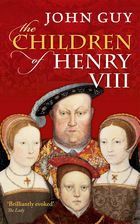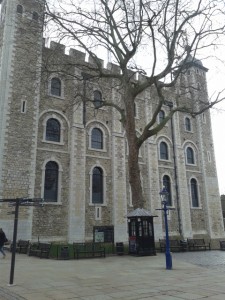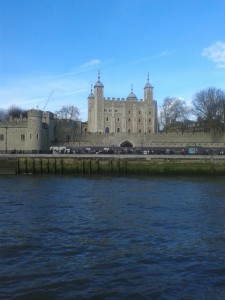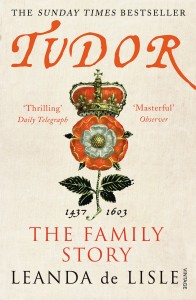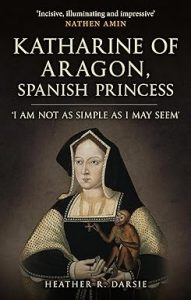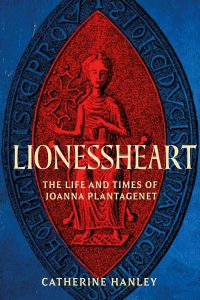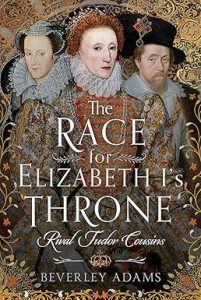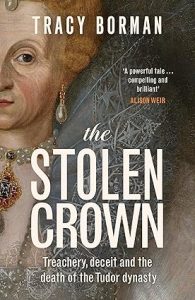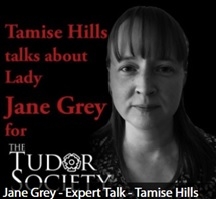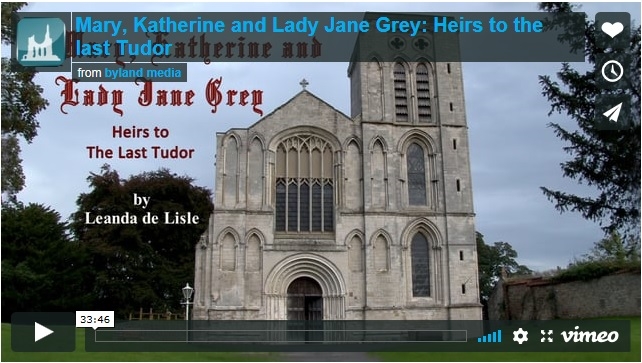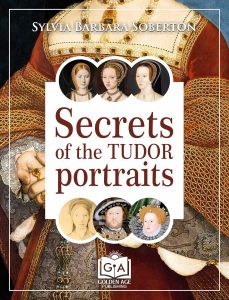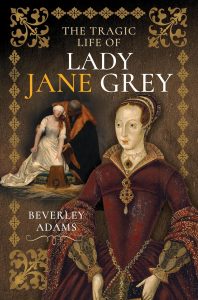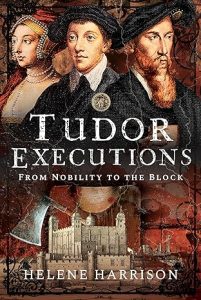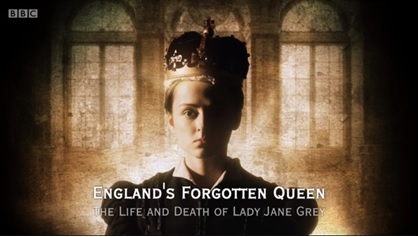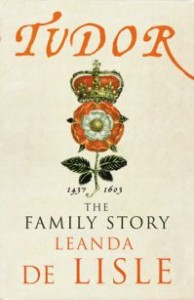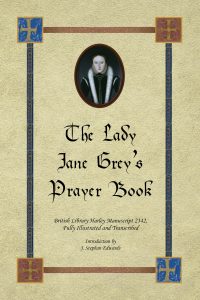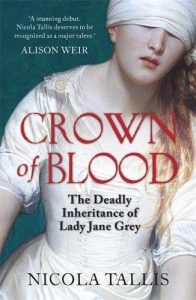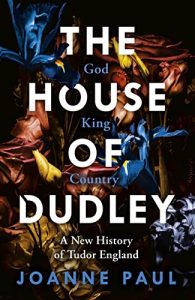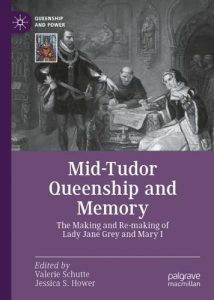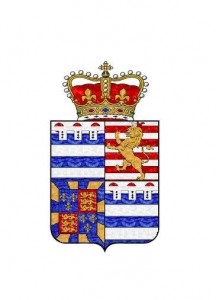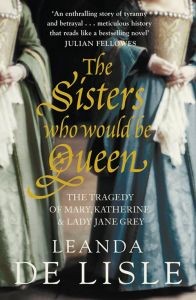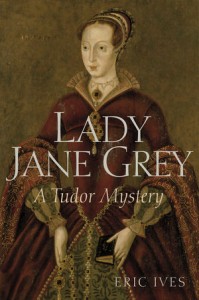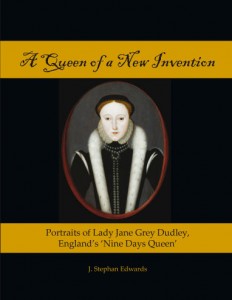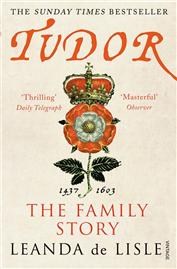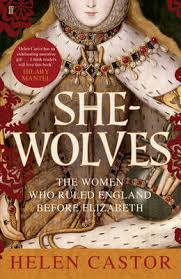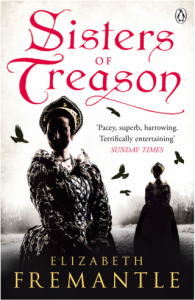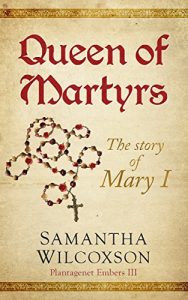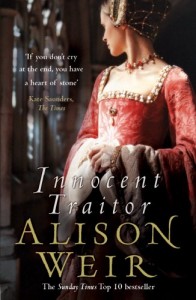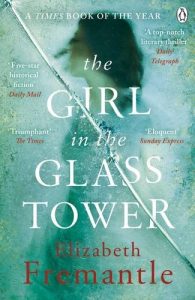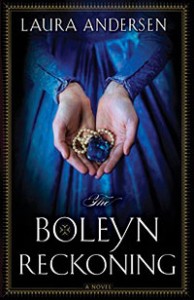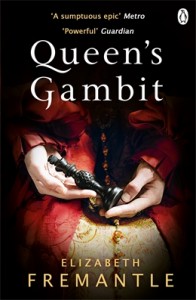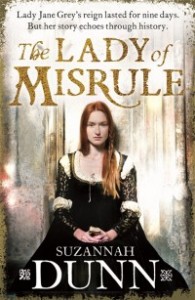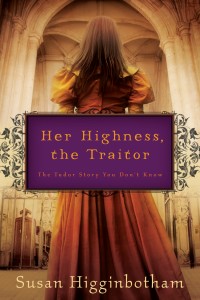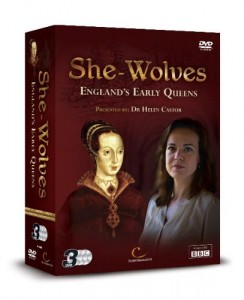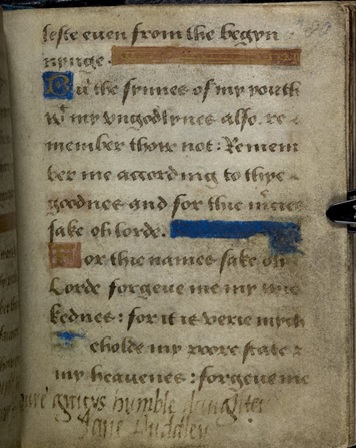4 September – The Hollow Crown: The Wars of the Roses and the Rise of the Tudors
‘The fifteenth century experienced the longest and bloodiest series of civil wars in British history. The crown of England changed hands violently seven times as the great families of England fought to the death for power, majesty and the right to rule. Dan Jones completes his epic history of medieval England with a new book about the Wars of the Roses – and describes how the Plantagenets tore themselves apart and were finally replaced by the Tudors.
With vivid descriptions of the battle of Towton, where 28,000 men died in a single morning, to Bosworth, where the last Plantagenet king was hacked down, this is the real story behind Shakespeare’s famous history plays.’
Further details – Dan Jones (Facebook)
Further details – Amazon.co.uk
The Real Tudors: Kings and Queens Rediscovered (Paperback) by Tarnya Cooper and Charlotte Bolland
‘Who were the Tudor kings and queens and what did they really look like? Mention Henry VIII and the familiar image of the rotund, bearded fellow of Hans Holbein the Youngers portraits immediately springs to mind reinforced, perhaps, by memories of a monochromatic Charles Laughton wielding a chicken leg in a fanciful biopic. With Elizabeth I its frilly ruffs, white make-up and pink lips in fact, just as she appears in a number of very well-known portraits held in the Collection of the National Portrait Gallery in London. But the familiarity of these representations has overshadowed the other images of the Tudor monarchs that were produced throughout their reigns. During the sixteenth century the market for portraits grew and so the monarchs images multiplied as countless versions and copies of their likeness were produced to satisfy demand. Taken together, these images chart both the changing iconography of the ruler and the development of portrait painting in England. In considering the context in which these portraits were made, the motivations of the sitters and the artists who made them, the purposes to which they were put, and the physical transformations and interventions they have undergone in the intervening five centuries, the authors present a compelling and illuminating investigation into the portraiture of the Tudor monarchs.’
Further Details – National Portrait Gallery
Further details – Amazon.co.uk
28 September – Eleanor of Castile: The Shadow Queen by Sara Cockerill
‘Eleanor of Castile has been effectively airbrushed from history, portrayed as the archetypal submissive queen. In fact Eleanor had perhaps one of the most fascinating lives of any of England’s queens. Her childhood was spent in the centre of the Spanish reconquest and was dominated by her famed military hero of a father (St Ferdinand) and her intellectual polymath brother. Married at the age of twelve and a mother at thirteen, she gave birth to at least fourteen children, most of whom died young. She was to live for extended periods in five different countries, venture on Crusade and endure destitution and captivity amid a civil war in which her husband’s life was in acute danger. As Queen of England she enjoyed, alongside Edward I, the full glory of returning Crusaders and conquerors. Personally she was a highly dynamic, forceful personality who acted as part of Edward’s innermost circle of advisers, and successfully accumulated a vast property empire for the English Crown. In cultural terms her influence in architecture, design and even gardening can be discerned to this day, while her idealised image speaks to us from Edward’s beautiful memorials to her, the Eleanor crosses, the most complete and ornate set of monuments to a beloved spouse ever seen in this country. The only biography of this fascinating woman.’
Further details – Amazon.co.uk
2 October – Joan of Arc by Helen Castor
‘Acclaimed historian Helen Castor brings us afresh a gripping life of Joan of Arc. Instead of the icon, she gives us a living, breathing young woman; a roaring girl fighting the English, and taking sides in a bloody civil war that was tearing fifteenth century France apart.
Here is a portrait of a 19-year-old peasant who hears voices from God; a teenager transformed into a warrior leading an army to victory, in an age that believed women should not fight. And it is also the story behind the myth we all know, a myth which began to take hold at her trial: that of the Maid of Orleans, the saviour of France, a young woman burned at the stake as a heretic, a woman who five hundred years later would be declared a saint.
Joan and her world are brought vividly to life in this refreshing new take on the medieval world. Helen Castor brings us to the heart of the action, to a woman and a country in turmoil, a world where no-one – not Joan herself, nor the people around her, princes, bishops, soldiers or peasants – knew what would happen next.’
Further details – Amazon.co.uk
2 October – Witches: James I and the English Witch Hunts (Paperback) by Tracy Borman
‘September 1613.
In Belvoir Castle, the heir of one of England’s great noble families falls suddenly and dangerously ill. His body is ‘tormented’ with violent convulsions. Within a few short weeks he will suffer an excruciating death. Soon the whole family will be stricken with the same terrifying symptoms. The second son, the last male of the line, will not survive.
It is said witches are to blame. And so the Earl of Rutland’s sons will not be the last to die.
Witches traces the dramatic events which unfolded at one of England’s oldest and most spectacular castles four hundred years ago. The case is among those which constitute the European witch craze of the 15th-18th centuries, when suspected witches were burned, hanged, or tortured by the thousand. Like those other cases, it is a tale of superstition, the darkest limits of the human imagination and, ultimately, injustice – a reminder of how paranoia and hysteria can create an environment in which nonconformism spells death. But as Tracy Borman reveals here, it is not quite typical. The most powerful and Machiavellian figure of the Jacobean court had a vested interest in events at Belvoir.He would mastermind a conspiracy that has remained hidden for centuries.’
Further details – Tracy Borman
Further details – Amazon.co.uk
9 October – Elizabeth: Renaissance Prince by Lisa Hilton
‘Lisa Hilton’s majestic biography of Elizabeth I, ‘The Virgin Queen’, provides vibrant new insights on a monarch who continues to compel and enthral readers. It is a book that challenges readers to reassess Elizabeth’s reign, and the colourful drama, scandal and intrigue to which it is always linked. Lisa Hilton uses new research in France, Italy, Russia and Turkey to present a fresh interpretation of Elizabeth as a queen who saw herself primarily as a Renaissance prince, delivering a very different perspective on Elizabeth’s emotional and sexual life, and upon her attempts to mould England into a European state. Elizabeth was not an exceptional woman but an exceptional ruler, and Hilton redraws English history with this animated portrait of an astounding life. Her biography maps Elizabeth’s dramatic journey from timid, newly crowned queen to one of the most powerful and vivid monarchs ever to rule England.’
Further details – Amazon.co.uk
28 October – The Six Wives & Many Mistresses of Henry VIII: The Women’s Stories by Amy Licence
‘For a king renowned for his love life, Henry VIII has traditionally been depicted as something of a prude, but the story may have been different for the women who shared his bed. How did they take the leap from courtier to lover, to wife? What was Henry really like as a lover? Henry’s women were uniquely placed to experience the tension between his chivalric ideals and the lusts of the handsome, tall, athletic king; his first marriage, to Catherine of Aragon, was, on one level, a fairy-tale romance but his affairs with Anne Stafford, Elizabeth Carew and Jane Popincourt undermined it early on. Later, his more established mistresses, Bessie Blount and Mary Boleyn, risked their good names by bearing him illegitimate children. Henry did not see that casual liaisons might threaten his marriage, until he met the one woman who held him at arms length. Anne Boleyn’s seductive eyes helped rewrite history. After their passionate marriage turned sour, the king rapidly married Jane Seymour. Her death in childbirth left him alone, without wife or lover, for the first time in decades. In the quest for a new queen, he scoured the courts of Europe, obsessed with the beautiful Christina of Milan, whose rejection of him spurred him into the arms of Anne of Cleves and soon after the lively teenager Catherine Howard. Henry’s final years were spent with the elegant and accomplished widow Catherine Parr, who sacrificed personal pleasure for duty by marrying him while her heart was bestowed elsewhere. What was it like for these women to share Henry’s bed, bear his children or sit on the English throne? He was a man of great appetites, ready to move heaven and earth for a woman he desired; their experiences need to be readdressed in a frank, modern take on the affairs of his heart. What was it really like to be Mrs Henry VIII?’
Further details – Amazon.co.uk
28 October – Katharine of Aragon: The Tragic Story of Henry VIII’s First Unfortunate Wife (Paperback) by Patrick Williams
‘Katharine of Aragon was a central figure in one of the most dramatic and formative events of Tudor history – England’s breach with Rome after a thousand years of fidelity. She lived through traumatic and revolutionary times and her personal drama was played out against dramas of European significance. The heroic and dignified first wife of Henry VIII, Katharine was cast aside for reasons of dynastic ambition but resolutely and unbendingly stuck to her principles and her dignity at enormous cost to herself. Katharine’s story tells so much about the exercise of power, and about being married to a lover who became slowly but perceptibly a tyrant in public life and a monster in his private affairs. Professor Patrick Williams has been immersed in Spanish history for over forty years and his monumental new biography is the first to make full use of the Spanish royal archives; he presents a very new portrait of Katharine, most notably in establishing that her marriage to Prince Arthur, elder brother of Henry VIII, was never consummated. This biography thus forces a radical reappraisal of Henry VIII, his marriages and his reign – and of the origins of the Reformation in England.’
Further details – Amazon.co.uk

